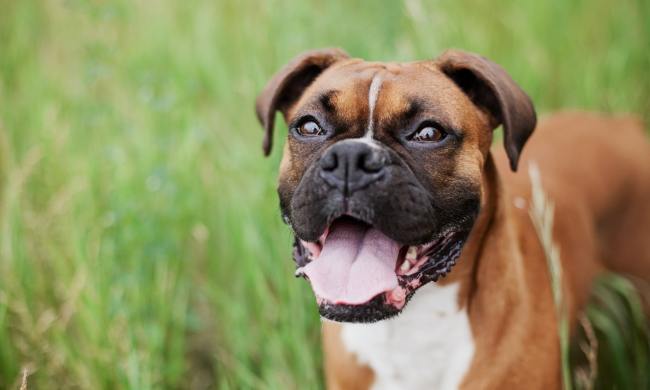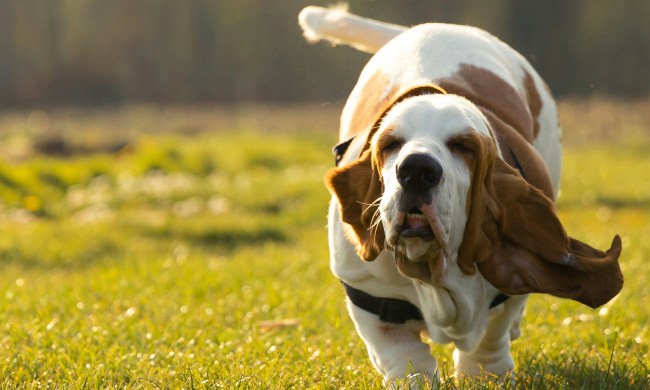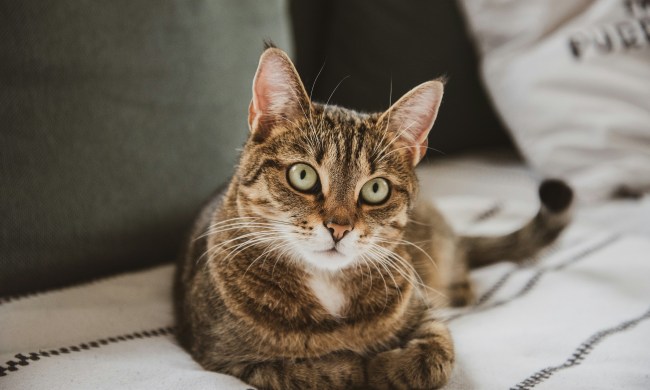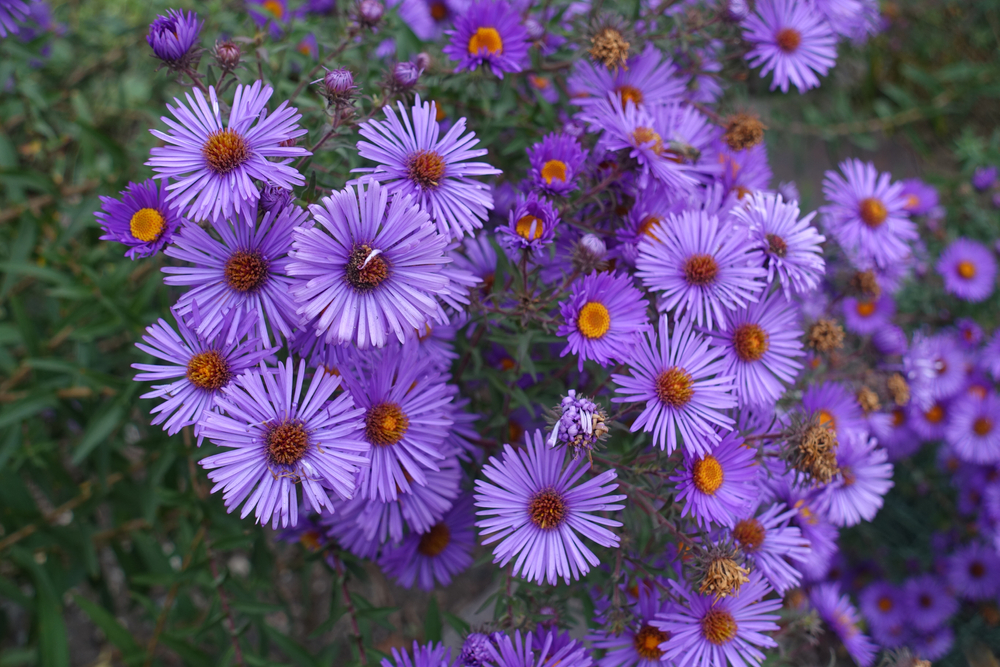
The days are growing shorter, there’s a crisp note in the evening air, and our favorite spooky classics have begun to play on network television. If you’re a fan of giving your interior decor an autumnal boost, you’re not alone. Decorating with rich reds, deep oranges, and golden yellows brings a touch of the outdoors into your home. As temperatures fall, we love to retreat indoors with a cup of hot chocolate, a warm blanket, and our beloved fur babies. But you should decorate your home carefully: Not all autumn-themed plants and flowers are safe for pets. Here are five of our favorites that can brighten your home without endangering your pets.
Plants safe for cats and dogs
1. Aster (Callistephus chinensis)
While pink isn’t known for being a fall color, these stunning flowers also come in purple and white. Using purple flowers helps create a rich, cozy atmosphere, while white keeps things fresh and allows other colors to shine. Asters bloom in late summer and fall, yielding star-shaped flowers that resemble daisies. Asters require part to full sun and a well-draining, loamy soil. If you’re inexperienced with caring for flowers, asters are an ideal choice since they require little care. Fertilize them once a month with plant food, keep the leaves dry to prevent powdery mildew, and you’ll have one of the most beautiful plants safe for cats just in time for your autumn redecoration efforts.
2. Caryopteris (Caryopteris × clandonensis)
This remarkable flowering shrub, which is also known as bluebeard, produces uniquely shaped blooms from August until October. Caryopteris requires full sun, a rich soil, and protection from the wind, so it’s best not to store your plant near an open window on breezy days. For best results, you should pot caryopteris in a mixture of planting soil mix and gardening soil. Caryopteris is a low-maintenance, hardy plant capable of withstanding cold weather, drought, and all known plant diseases. You can find caryopteris in several different shades, including White Surprise, Summer Sorbet, Autumn Pink, and Dark Knight. Whatever your decorating style, there’s a caryopteris that will look wonderful in your home, making it one of our favorite plants safe for dogs and cats.
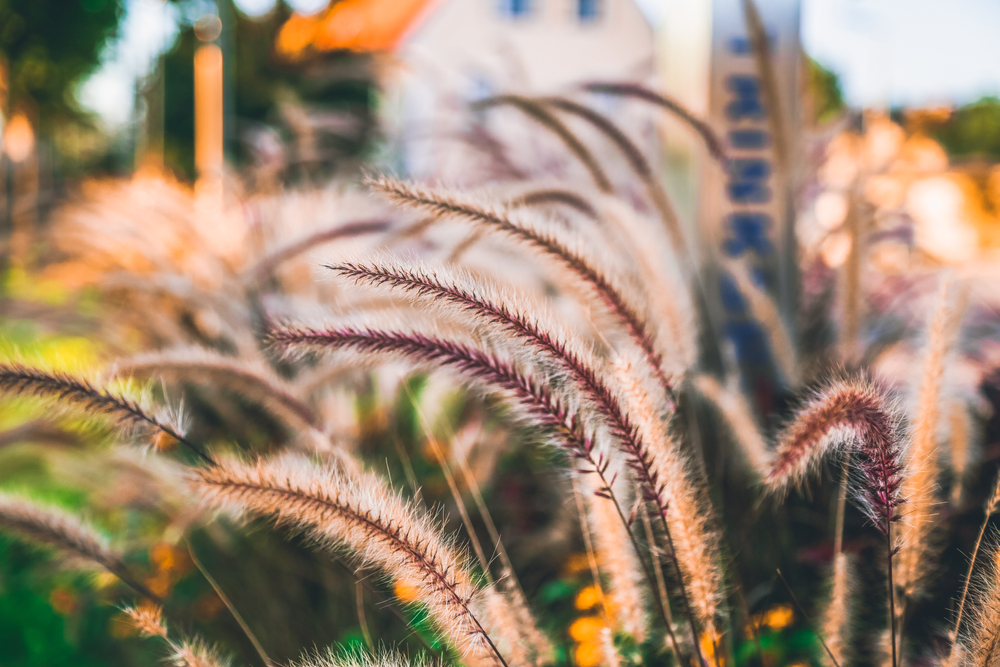
3. Feather reed grass (Calamagrostis × acutiflora)
This perennial, sometimes known simply as reed grass, is perfect for creating those Instagrammable tablescapes during the autumn months. Feather reed grass needs a rich, moist soil and full sunlight to thrive. It grows in clumps of narrow reeds that can reach up to 3 feet tall, with pinkish-purple blooms that turn a golden color during the cooler months. While it looks stunning in your yard, it also makes a beautiful addition to your indoor garden when grown in a pot, especially if you live in a hot, humid climate where feather reed grass struggles to establish roots.
4. Pansies (Viola tricolor var. hortensis)
Known for their beautiful, heart-shaped petals, pansies come in a variety of colors. Pansies aren’t hardy enough to survive sweltering heat, but they’re surprisingly resistant to low temperatures. They need a well-draining, moist soil and are partial to full light. When planted outdoors, they need a location that shields them from the afternoon heat. Indoors, however, they need only potting soil and sunlight, making them an indoor gardener’s dream come true. Remember to water them regularly, around once a week or as long as it takes for the soil to become slightly dry between watering.
5. Russian sage (Perovskia atriplicifolia)
Don’t let its name fool you: Russian sage isn’t sage at all. A member of the mint family, Russian sage yields stunning purple flowers accented by pale green leaves and silver stems. Russian sage needs full sun and a well-draining, dry soil. Humidity is Russian sage’s worst enemy, but it thrives in heat and is more or less drought resistant. Russian sage can grow up to 3 to 5 feet outdoors, but it also does well in large pots.
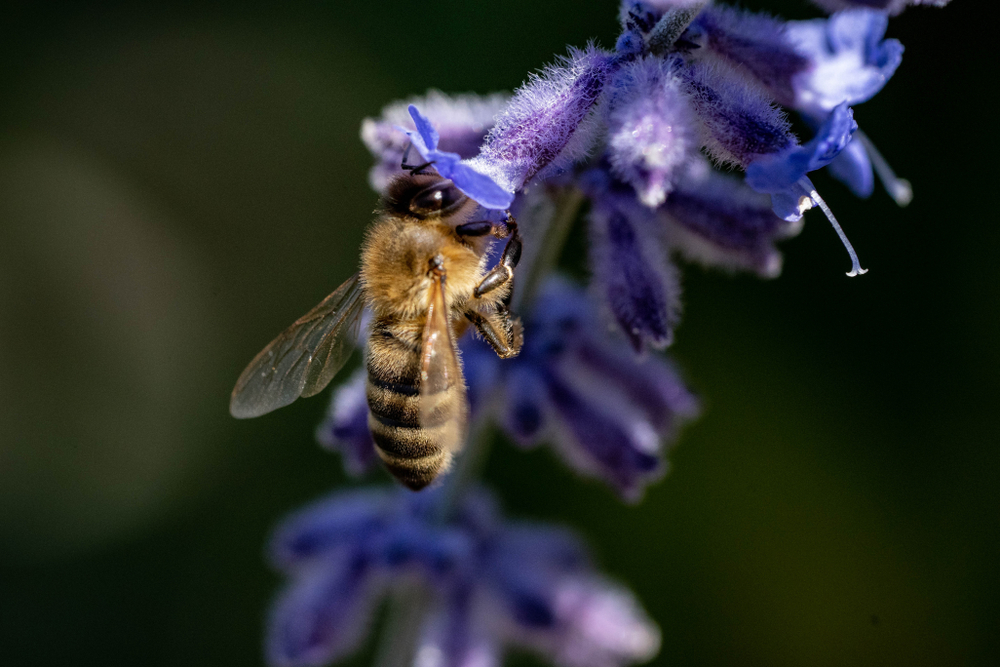
Decorating with seasonal plants and flowers is the perfect way to spruce up your home. But many plants are toxic to your fur babies, and no amount of greenery is worth their safety. Even nontoxic plants and flowers may cause stomach upset if nibbled, so keep plants out of reach and make sure you consult the ASPCA’s guide to pet-safe plants and flowers before making any purchases. With a bit of research and a secure location for your new plant, you can create an autumnal paradise that won’t make your fur babies sick.

